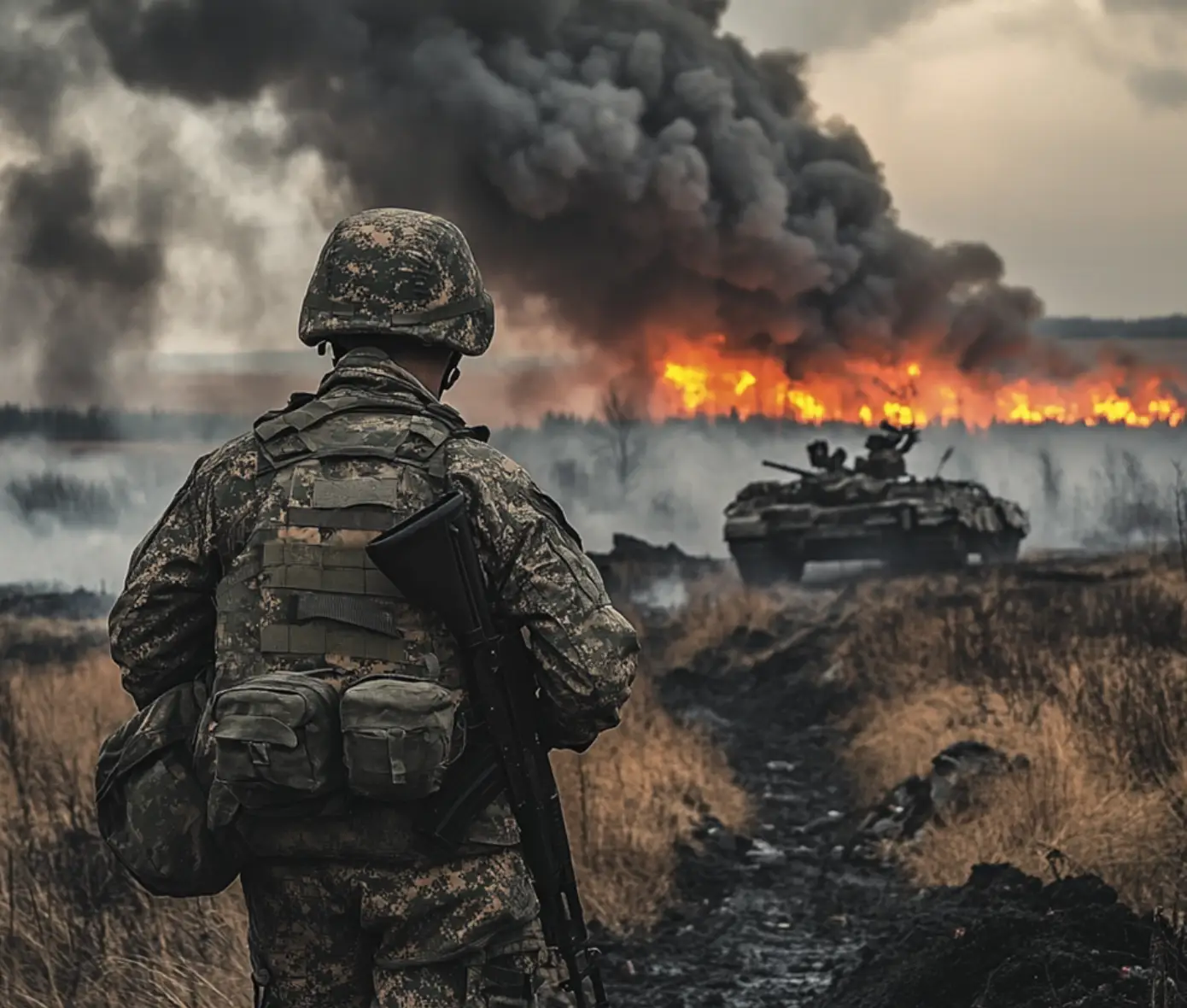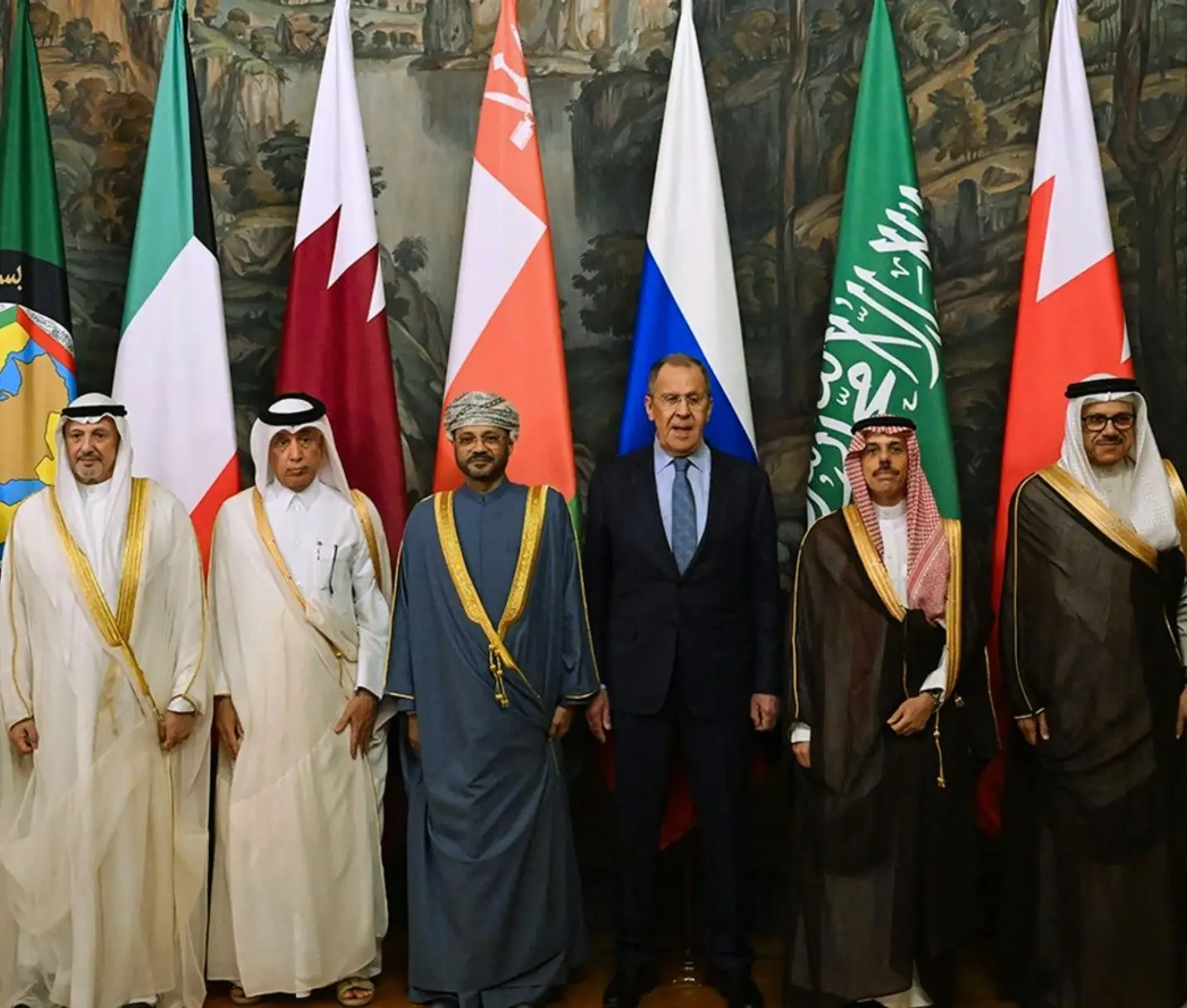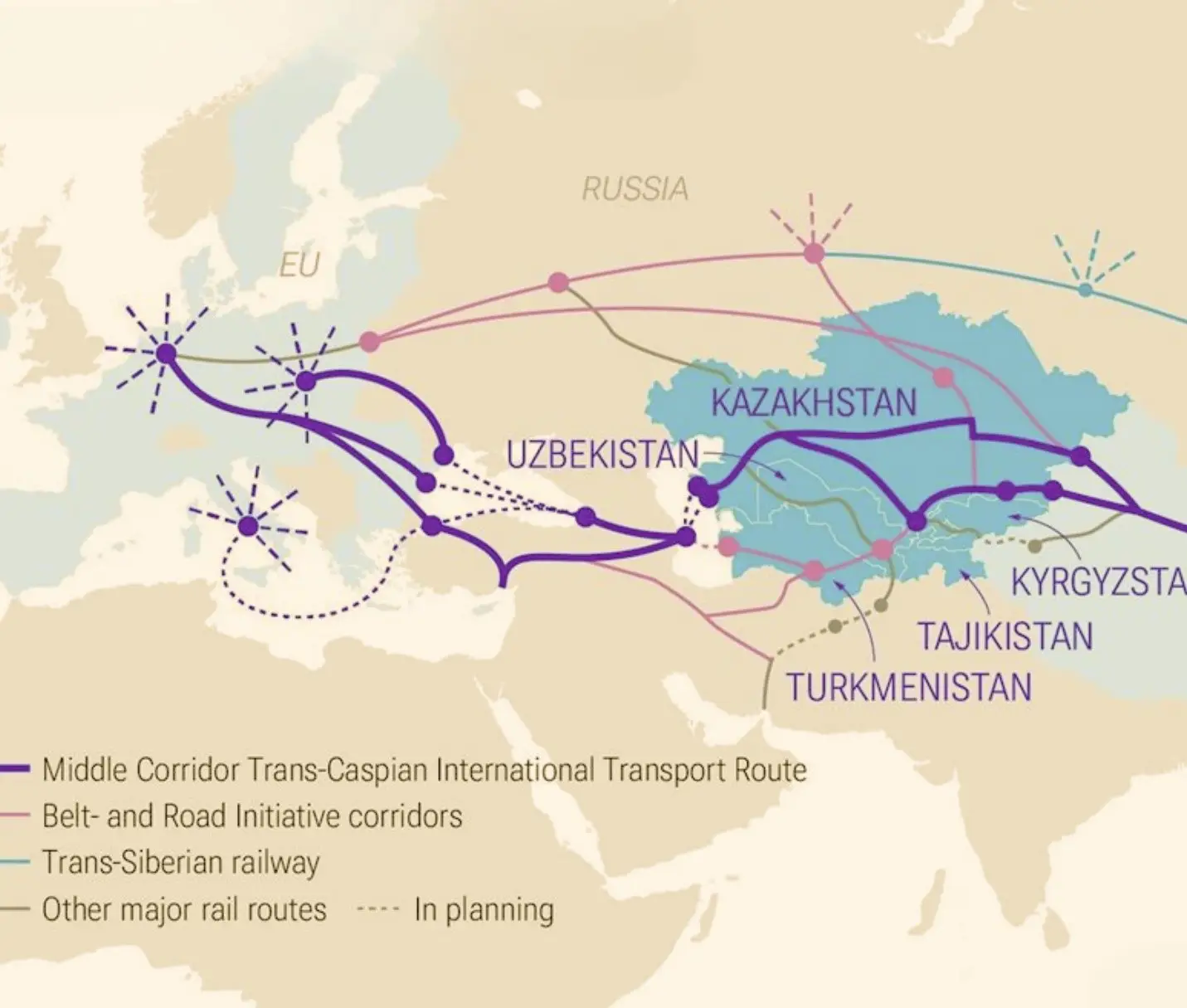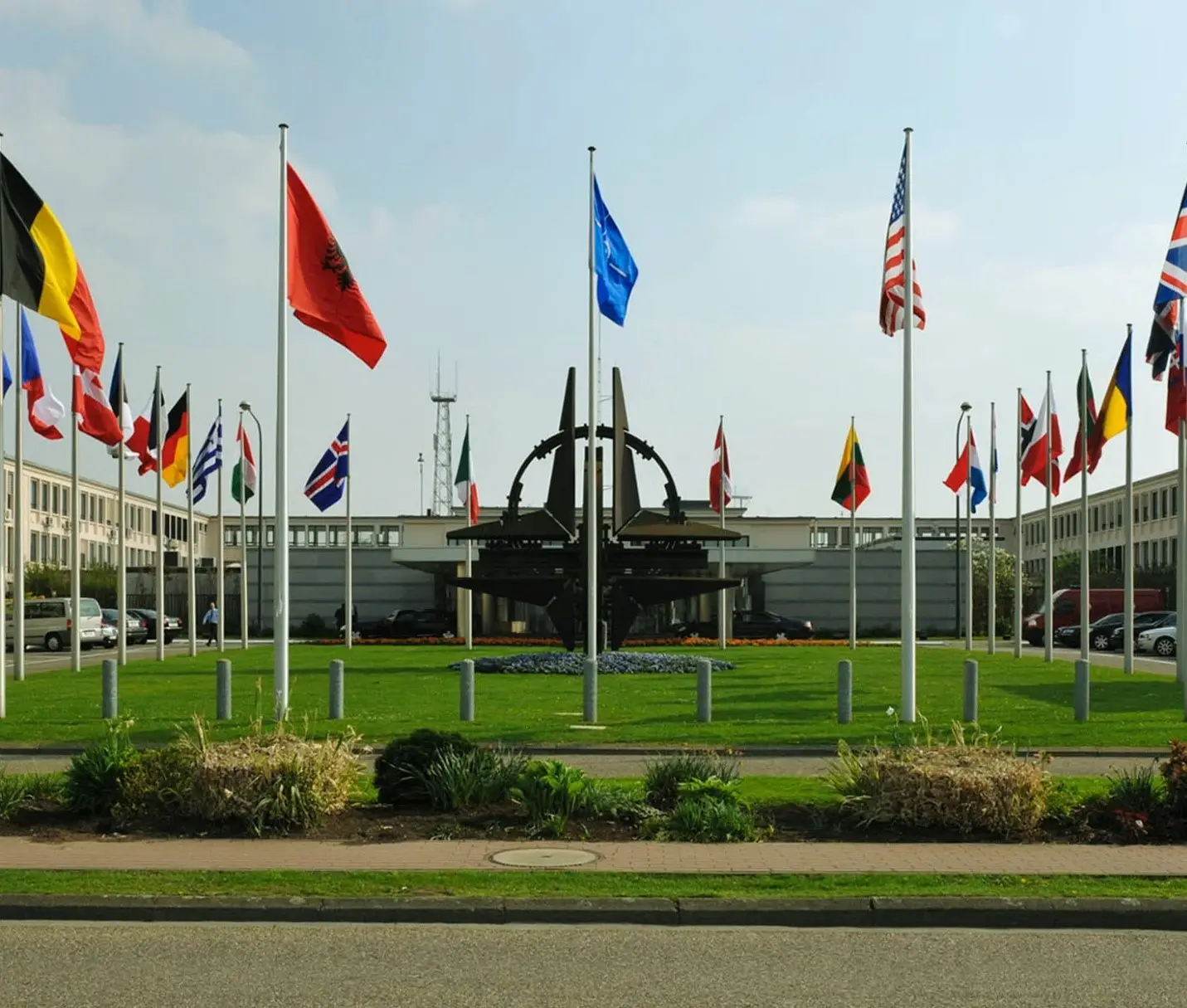President Trump has attempted to made a negotiated peace between Ukraine and Russia, a priority for his administration. United States has initiated efforts to broker a 30-day interim ceasefire to emphasize that a long-term peace agreement can only be pursued once hostilities have ceased. Initial diplomatic engagements have focused on resetting relations with Russia while applying pressure on Ukraine to negotiate under conditions that may be less favorable than those previously outlined in President Zelenskyy’s 2022 Peace Formula and his October 2024 Victory Plan. The US administration has suggested that Ukraine’s NATO aspirations are unrealistic in the context of a peace settlement and urged Kyiv to accept “difficult compromises.” These statements have been widely interpreted as signaling a willingness to cede territory to Russia and align with President Putin’s demands from June 2024, which required Ukraine and its allies to recognize new territorial realities and abandon NATO ambitions. In early March 2025, US temporarily suspended military aid and intelligence sharing with Ukraine and cited Kyiv’s lack of commitment to a peace process. This decision was met with concern by European allies, who viewed it as a strategic shift to favor Russia. The suspension was reversed after Ukraine agreed to US proposals for an interim ceasefire. A key element of diplomatic negotiations has been the US-Ukraine rare earths agreement, which means to grant access to US access for Ukraine’s vast reserves of critical raw materials including uranium, titanium, lithium, and graphite. Trump administration portrayed this deal as an economic incentive for securing Ukraine’s future rather than committing direct military support.
Interestingly, the reset in US-Russia relations was formally initiated on 12 February 2025, when President Trump and President Putin agreed to re-establish dialogue on topics of mutual interest including potential settlement of Ukraine conflict. This marked first direct communication between the leaders in three years. The first round of bilateral talks was held on 18 February 2025 in Saudi Arabia, where both sides agreed to normalize diplomatic relations and appoint high-level teams to negotiate a peace agreement. However, Ukraine and European nations were notably absent from these discussions, and resulted into criticism from President Zelenskyy and European leaders, who warned against agreements reached without Ukraine’s direct involvement. In parallel to diplomatic reset, Trump administration has taken several policy steps softening US stance on Russia. In February 2025, US Department of Justice disbanded task force investigating Russian oligarchs and relaxed sanctions enforcement measures. In March, Department of Defense suspended offensive cyber operations against Russia. There is also growing discussion about resuming US-Russia strategic stability talks, particularly nuclear arms control. The New START treaty, which limits nuclear arsenals, is set to expire in February 2026 and Russia has signaled interest in new agreements. The US has also withdrawn its participation from International Center for Prosecution of Crimes of Aggression against Ukraine, a move widely viewed as an attempt to placate Russia.
Moreover, the divergence between US and European policy on Ukraine has become increasingly evident. European leaders have clearly maintained unconditional support for Ukraine, while the US has taken a more conciliatory approach toward Russia. United Nations votes in February 2025 marked a significant shift with US voting alongside Russia for the first time since the war began. US-sponsored resolution notably omitted references to Russia as the aggressor, whereas the Ukraine-sponsored resolution calling for Russia’s unconditional withdrawal was opposed by both US and Russia. European leaders have begun exploring alternative strategies to support Ukraine including a coalition of willing to provide long-term security guarantees. However, US has ruled out military deployment in Ukraine, instead emphasizing economic agreements as a means of stabilizing the region. Meanwhile, Russia has categorically rejected the presence of European peacekeepers in Ukraine and reinforced Kremlin’s determination to control the terms of any settlement.
The peace negotiations remain fragile, with concerns that US approach risks leading to a settlement largely favoring Russian interests. While Ukraine has agreed to an interim ceasefire, President Putin has insisted on additional conditions including the halt of all foreign military aid to Ukraine. A telephone conversation between President Trump and President Putin on 18 March 2025 did not yield a full ceasefire agreement, though Russia agreed to halt strikes on Ukraine’s energy infrastructure for 30 days. President Zelenskyy has expressed skepticism and warned that Russia is using preconditions to delay or derail substantive peace negotiations. Looking ahead, second bilateral US-Russian talks in Saudi Arabia this week are expected to define the trajectory of negotiations. A key issue remains President Putin’s demand for the cessation of Western military aid to Ukraine, a condition that European leaders strongly oppose. The outcome of these discussions will have significant implications for the future of war and broader geopolitical balance in Europe.






